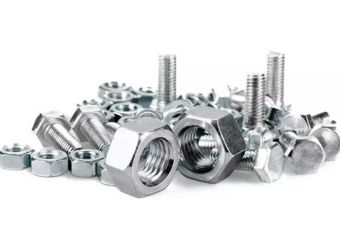Subtotal $0.00
Self-drilling screws are easy to distinguish if you look at their point, which curves gently at the end and is shaped like a twist drill. They’re often called Tek Screws, after the brand name that popularized them.
Self-drilling screws are generally easy to install and can be used with a variety of tools, including power drills and screwdrivers. However, it’s important to note that over-tightening can cause the screw to strip the threads, reducing its holding power. It’s also important to ensure that the pilot hole, or hole that the screw is inserted into, is the correct size and shape to ensure proper thread formation and holding power.
Screw lengths vary, but drill points are standardized, identifiable by number (1 to 5), which determines their length and thickness. Head and drive styles vary; self-drilling screws are most commonly Phillips, hex, or square.
Unlike self-tapping screws, self-drilling screws need no pilot hole to cut and fasten; they can drill, tap, and fasten in one go, which saves you the extra step of drilling, then fastening.
When it comes to selecting the right self-drilling screw, it’s important to consider the material the screw will be used on. Different types of self-drilling screws are designed for specific materials, such as wood, metal, or plastic. The size and length of the screw should also be considered, as well as the desired level of torque, or tightening force, required for the application.
Another important factor to consider when using self-drilling screws is the tip of the screw. Self-drilling screws come in a variety of tip styles, such as a fluted, split-point, or a self-centering tip. These different tip styles are designed to help guide the screw through the material and prevent it from wandering, which can lead to a poorly formed hole or damaged material.
These screws can fasten metal to metal, wood to metal, and work well with light, low-density materials. In general, they have more specialized applications than self-tapping screws. They are good for metal building and light gauge metal assemblies; Point #5 is already capable of fastening half-inch steel sheets.
Self-drilling screws are useful in HVAC applications, cladding, metal roofing, steel framing, and other general construction tasks.
In conclusion, self-drilling screws are a versatile and convenient option for creating threads and drilling holes in a single step. They are easy to install and can save time and labor costs, making them a popular choice for many applications. By considering the material, size, length, and tip of the screw, and by following proper installation techniques, you can ensure that your self-drilling screws will provide a secure and reliable hold.

